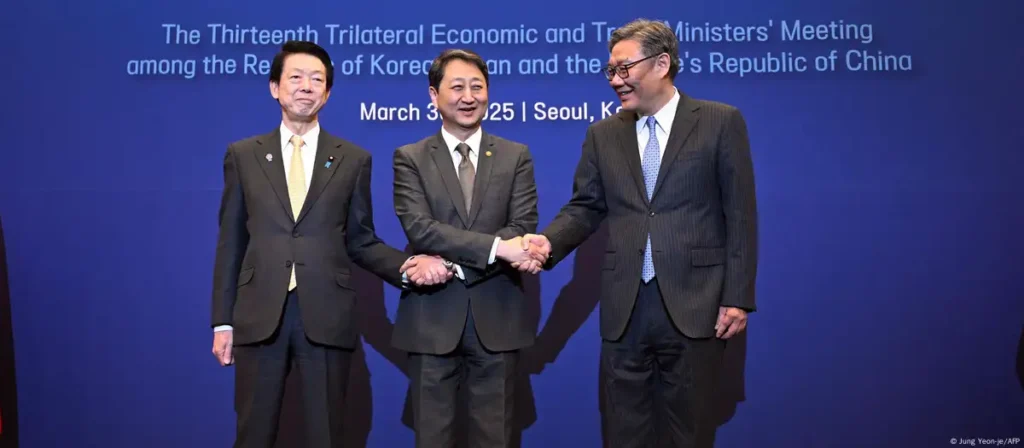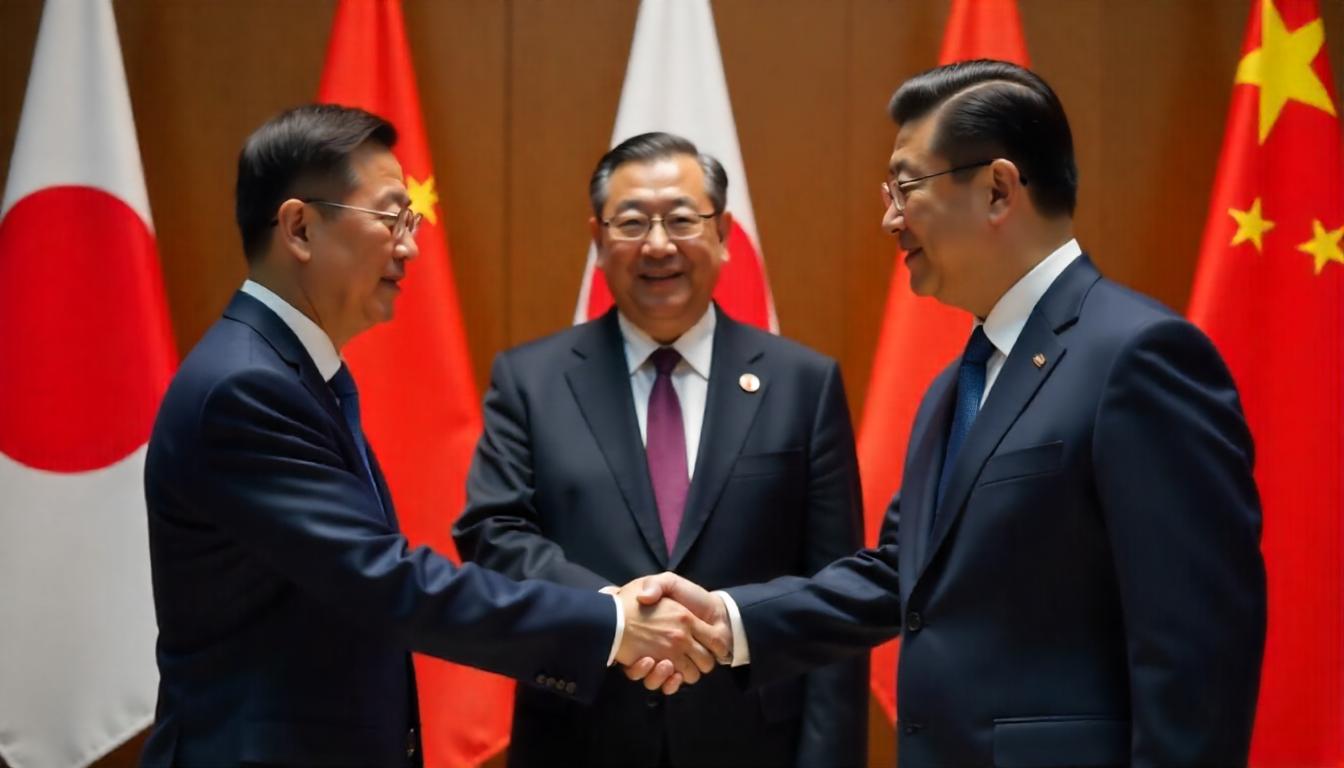A Game-Changer in East Asia
In 2025, a major shift in global economics quietly took place: South Korea, Japan, and China announced a landmark trilateral trade deal. Long viewed as regional rivals with deep historical tensions, these three powerhouses have chosen economic pragmatism over politics. And while the deal is a regional agreement, its ripple effects are global. For China, especially, this could be the masterstroke that neutralizes Donald Trump’s aggressive tariff strategy.
How Canada Can Make Trump Shut Up
The Legacy of Trump’s Tariff Madness
When Donald Trump returned to office, one of his earliest moves was to revive and expand his previous tariff policies, especially against China. By levying heavy duties on Chinese imports, Trump aimed to reduce the U.S. trade deficit and bring manufacturing back home. However, the strategy also triggered a tit-for-tat tariff war that disrupted global supply chains and inflated prices.
While U.S. consumers bore the brunt of rising costs, China began reshaping its trade strategy. No longer willing to be economically cornered, Beijing started strengthening ties with Asian neighbors. The Korea-Japan-China deal is the result of years of quiet diplomacy and strategic necessity.
The Evolution of Trade Deals: From Politics to Economics
Historically, trade deals have always been as much about politics as economics. The North American Free Trade Agreement (NAFTA) in the 1990s was as much about cementing geopolitical alliances as it was about economic efficiency. The European Union, in its essence, is a political project disguised as a trade bloc.
In East Asia, however, the deep scars of World War II and ongoing territorial disputes often stood in the way of true economic cooperation. But the global shocks of the U.S.-China trade war and the COVID-19 pandemic forced a rethink. China, Japan, and South Korea realized that economic integration was no longer optional—it was survival.
What the Deal Covers
The Korea-Japan-China trade deal lowers tariffs across thousands of goods, harmonizes trade regulations, and enhances investment flows. Key sectors like automotive, semiconductors, green tech, and consumer electronics are at the heart of this agreement.
- Tariff Reductions: Over 90% of goods traded between the three nations will see reduced or zero tariffs.
- Technology Cooperation: A shared framework for research and development in next-gen tech, including AI, EVs, and clean energy.
- Supply Chain Integration: A streamlined system for sourcing parts and raw materials across borders, enhancing manufacturing efficiency.
How It Helps China
For China, the benefits are enormous. Faced with U.S. tariffs and a cold reception in Western markets, China now turns to its Asian neighbors for economic insulation. By deepening regional trade ties:
- China reduces dependency on Western markets.
- It gains access to high-tech components from Japan and Korea.
- Its manufacturers get a competitive edge through cost-effective regional supply chains.
China’s export-dependent economy thrives when supply chains are stable and tariffs are low. This deal provides just that.

Top officials of China, Japan and South Korea held their first trade talks in five years amid US President Donald Trump’s looming tariff threat. Photo: Jung Yeon-je/AFP
A Strategic Blow to Trump’s Tariff Policy
Trump’s tariffs were designed to isolate China. But rather than folding under pressure, Beijing doubled down on regionalism. This trade deal effectively undercuts Trump’s vision of economic containment.
It also puts pressure on U.S. allies. Japan and South Korea are both strategic partners of the U.S., yet they have chosen to side with China economically. That raises uncomfortable questions about American influence in Asia.
Moreover, with China now less reliant on the U.S., it can afford to be bolder in its foreign policy, making the geopolitical chessboard even more complex.
Global Implications
- Shift in Supply Chains: U.S. companies sourcing from Asia may find themselves bypassed by the tighter integration of East Asia.
- EU Response: Europe may need to accelerate its own trade agreements in Asia to avoid being left out.
- Rise of the “Asian Century”: This deal may signal a more multipolar world where Asia drives global economic trends.
Conclusion: A Turning Point
The Korea-Japan-China trade deal isn’t just about tariffs and exports—it’s about the future of global economics. It represents a shift from U.S.-centric trade frameworks to regionalism, with Asia at the core.
As Trump continues his aggressive stance on trade, China’s quiet, calculated diplomacy may prove to be more effective in the long run. The new trilateral deal changes everything—from the balance of power in Asia to how the world does business.





